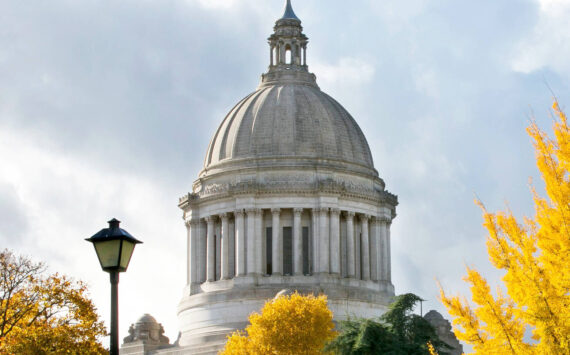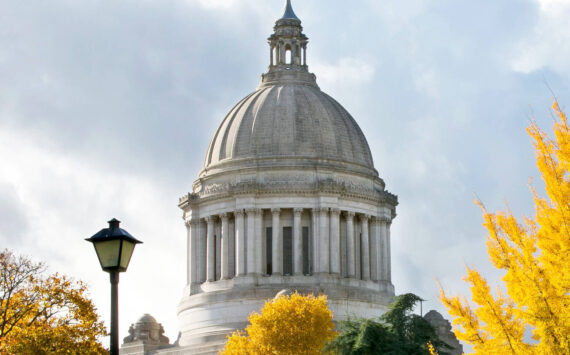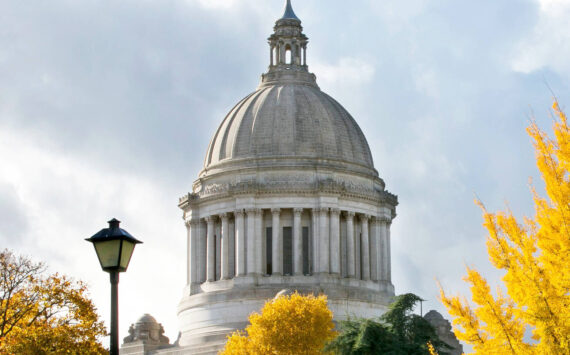Looking at the big picture of where we have been and where we are going
This report updates the State of Washington’s Economic Climate Study, last published in September 2017. The study provides information about Washington’s competitive standing in relation to other states. It is based on the premise that, while improving productivity is primarily the domain of Washington’s business sector, appropriate state and local policies, particularly those relating to education, public safety, infrastructure, cost of doing business, and the environment, are essential to promote higher standards of living.
The benchmarks considered in this study focus on the four themes: innovation drivers, business performance, economic growth and competitiveness, and quality of life. The category “Innovation Drivers” is broken into three sub-groups: talent and workforce, entrepreneurship and investment, and infrastructure.
The category “business performance” is further broken down into business prosperity and cost of doing business. Overall, forty seven indicators are presented.


Recent Performance
Washington’s rank improved in fourteen cases, worsened in twenty cases, and stayed the same in eleven. Two of the four major categories in the climate study improved in rank from last year, one declined, and one remained unchanged.
Washington’s rank in Innovation Drivers remained at 4th best in the nation. Four of Innovation Driver’s indicators improved while seven worsened. Five indicators were unchanged. The Infrastructure subcategory improved the most, two indicators improved and one worsened. Establishment birth rate had the most significant change in terms of rank, dropping seven spots to 22nd best in the nation.
Business Performance worsened from 4th to 8th best in the nation. Of the ten indicators in Business Performance, Washington’s rank improved in two, worsened in six, and remained unchanged in one. One indicator improved and five worsened in the subcategory Business Prosperity. One indicators improved, one worsened, one remained unchanged, and one wasn’t updated in subcategory Cost of Doing Business. Growth in high wage industries and the largest change in rank, dropping from 1st to 9th best in the nation.
Washington’s ranking in the Economic Growth and Competitiveness category rose from 7th highest to 5th highest in the nation. This was the best performing category in this year’s study. Of the ten indicators in this category, four improved, two worsened, and four remained unchanged. Washington’s ranking in average wage had the largest change; improving from 8th to 5th highest in the nation.
Quality of Life improved two places to 18th in the nation in this year’s study. The state’s rank improved in four instances, worsened in five, remained unchanged in one. Arrests per Violent Crime was the worst performing indicator, falling from 16th best to 21st best. Drinking water was the most improved indicator, increasing significantly from 42nd to 6th in the nation.
Innovation Drivers – Summary
Washington ranks 4th best in the nation in Innovation Drivers this year. Sixteen of the eighteen indicators in this category were updated; four improved, seven worsened, and five remained unchanged.
In the subcategory Talent and Workforce, Washington’s rank improved in one indicator, worsened in three, and was unchanged in three.
In the subcategory Entrepreneurship and Investment, the state’s rank improved in one indicator, worsened in three, and remained unchanged in one. One was not updated.
In the subcategory Infrastructure, Washington’s rank improved in two indicators, worsened in one, and remained unchanged in one. One was not updated.
Business Performance – Summary
Washington rank fell from 4th to 8th best in the nation in Business Performance this year.
Of the ten indicators in this category, two improved, six worsened and one was unchanged. One indicator was not updated.
Business Performance has been broken out into two subcategories: Business Prosperity and Cost of Doing Business.
In the subcategory Business Prosperity, Washington’s rank improved in one indicator and worsened in five.
In the subcategory Cost of Doing Business, one indicator improved, one worsened, one was unchanged, and one was not updated.
Economic Growth & Competitiveness – Summary
Washington’s rank improved from 7th to 5th best in the nation in Economic
Growth and Competitiveness this year.
The state’s rank improved in four indicators, worsened in two, and remained unchanged in four.
Per Capita Personal Income
Personal income, as defined by the Bureau of Economic Analysis, is the sum of earnings, dividends, interest, rent, and transfer payments. The per capita personal income indicator is calculated by dividing the total personal income of a state by its population.
In 2017, per capita personal income in Washington was $56,283.
This is about $6,000 more than the U.S. average of $50,392.


Quality of Life – Summary
Washington’s rank improved from 20th to 18th best in the nation in Quality of Life this year.
The state’s rank relative to other states improved in four indicators, worsened in five, and was unchanged in one.
Washington’s health index worsened to 0.52 in 2017. Although it worsened, Washington still ranks high amongst the other states.
Washington’s ranking fell to 9th in the nation from 7th the year before. The five year average for the index is 0.48. According to the United Health Foundation, Washington’s strengths were: low prevalence of smoking, low preventable hospitalization rate, low prevalence of low birthrate. Washington’s challenges were high incidence of pertussis, low meningococcal immunization coverage among adolescents, large disparity in health status by educational attainment.
Established in 1913, the Washington state park system has provided the public with places to recreate and enjoy for over a century. Washington’s park system is one of the most abundant and busiest state park systems in the nation. With over 130 state parks and recreation areas covering about 120,000 acres, Washington ranks 3rd among all 50 states in the number of operating parks and 19th in the amount of park acreage managed.
In 2017 the number of per capita park visits was 4.8, the same as the year before. Washington’s ranking, however, fell from 9th to 10th in the nation. The U.S. average was 2.5 park visits per capita. Washington’s five year average was also 4.8 visits per capita, and a U.S. average of 2.4.
– Washington Economic Climate Study
**********************
You can see the full report, including a wide range of graphs and charts at their website – https://erfc.wa.gov/sites/default/files/public/documents/publications/climate2018.pdf.







